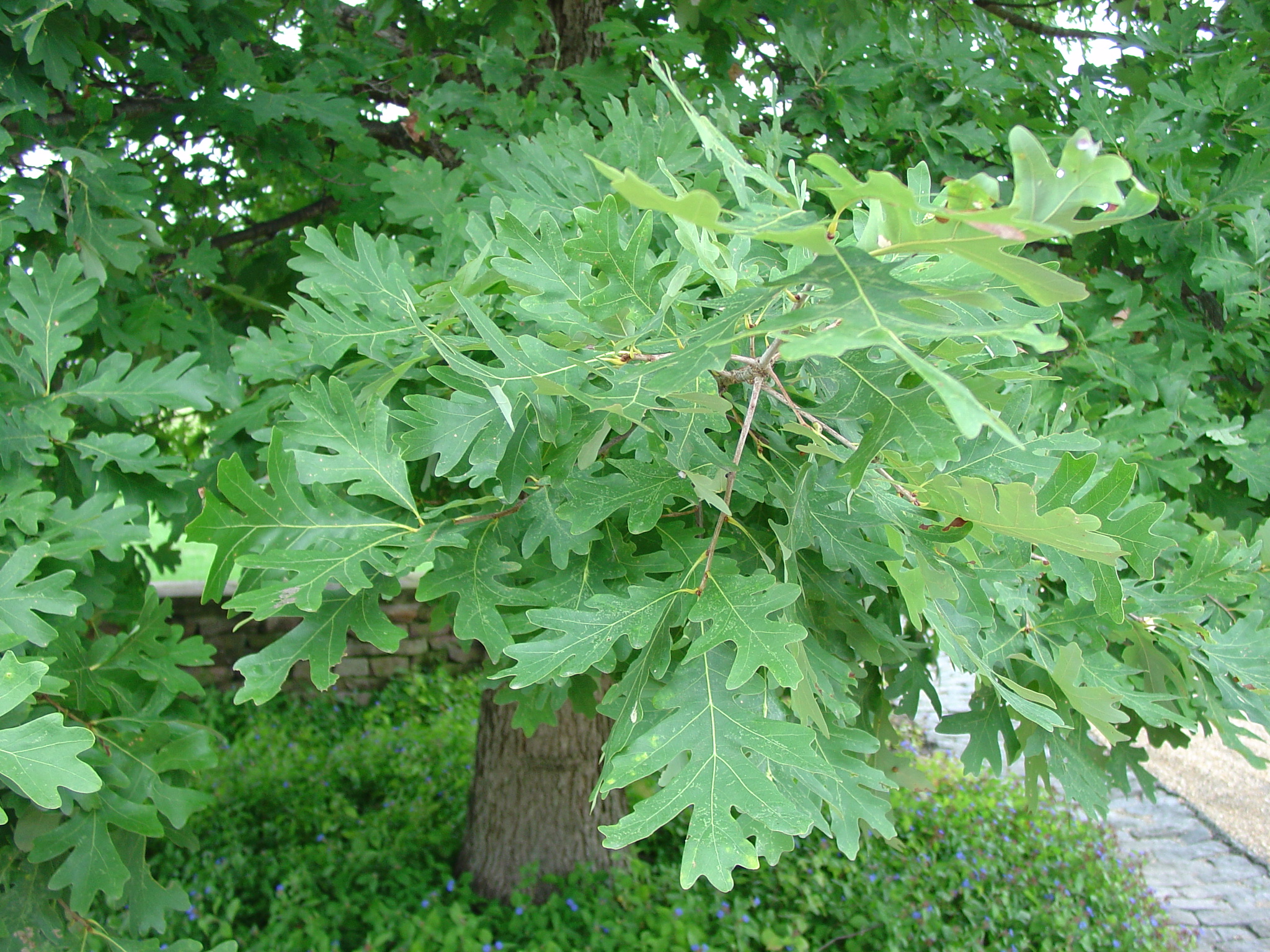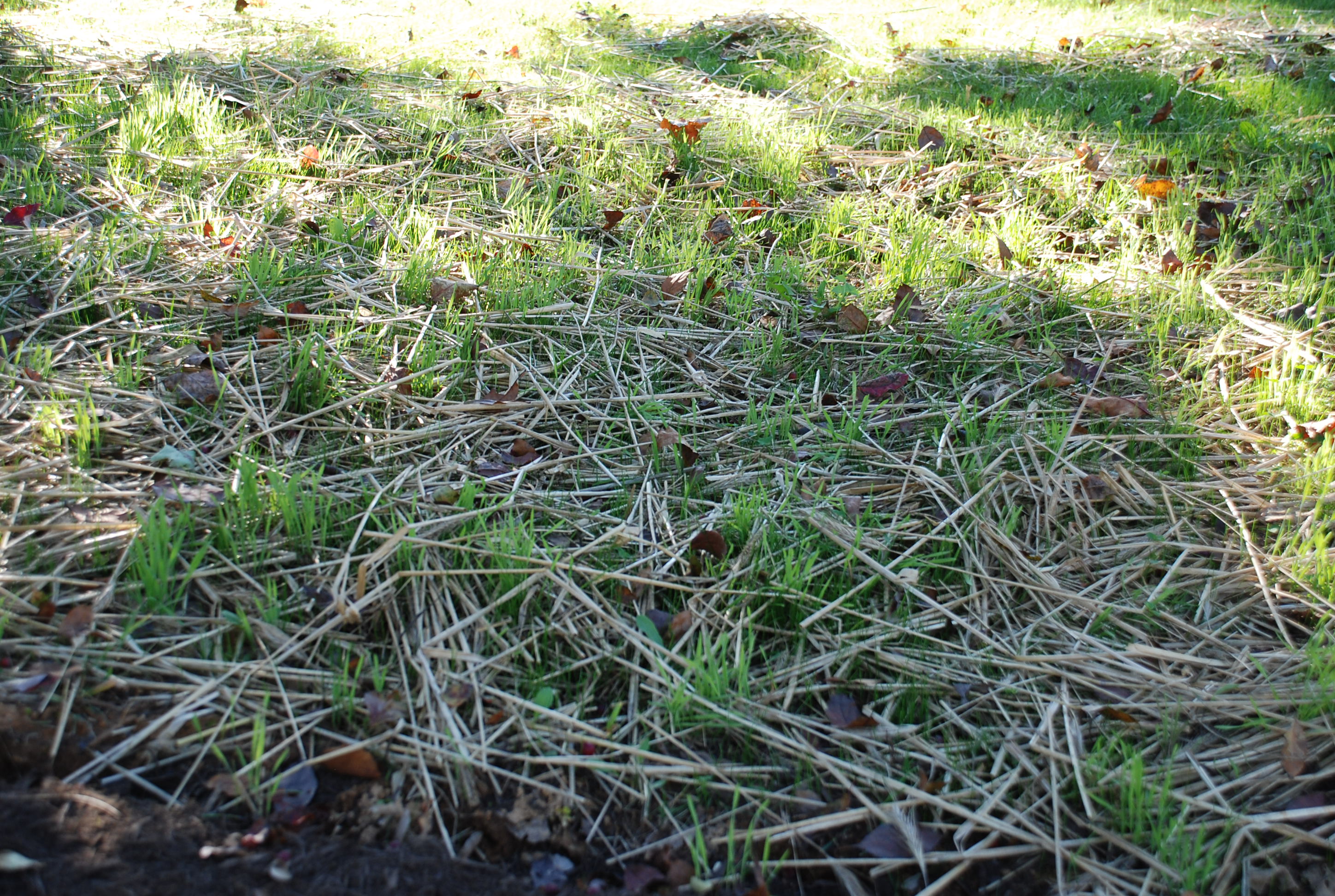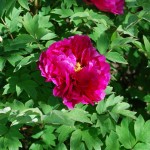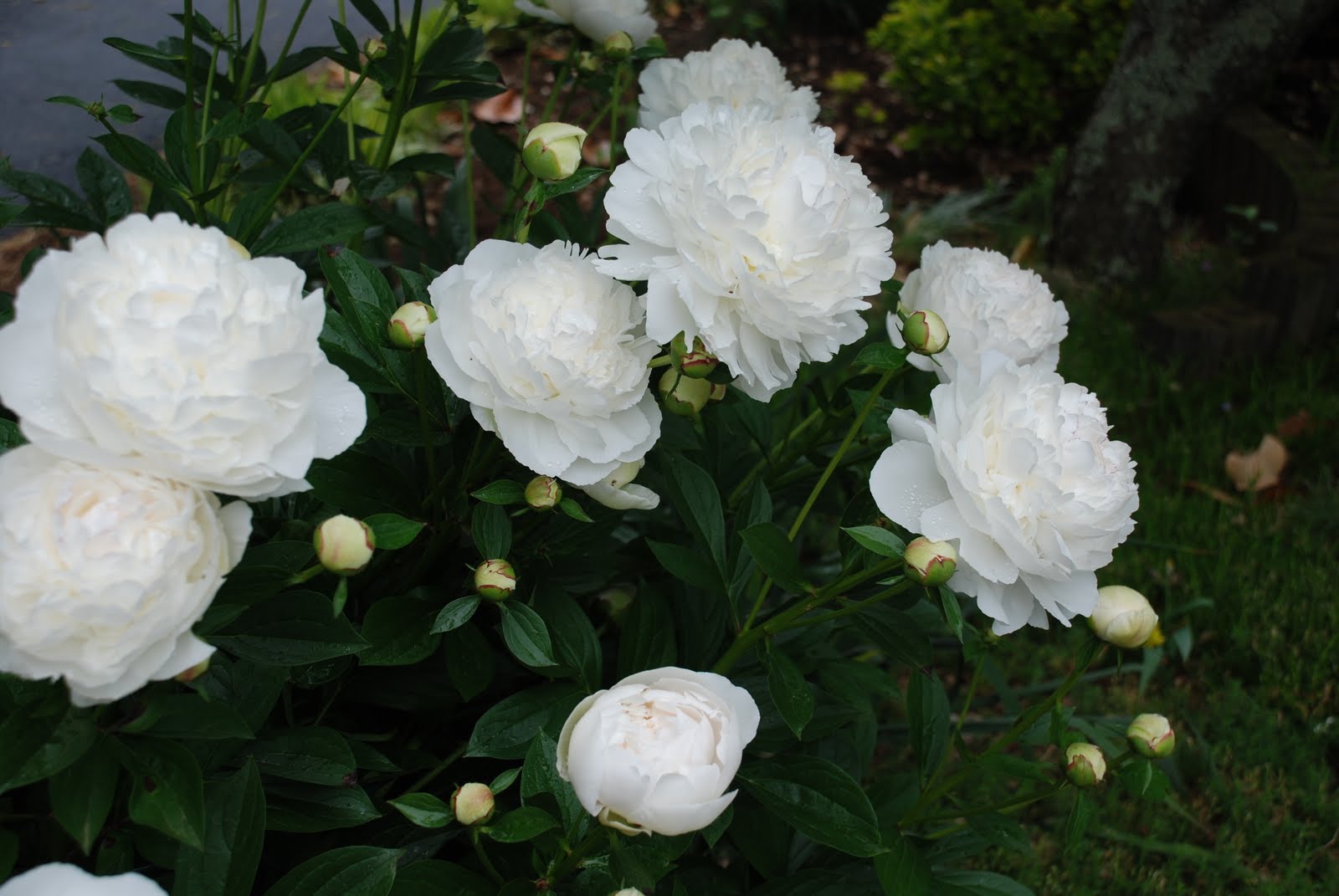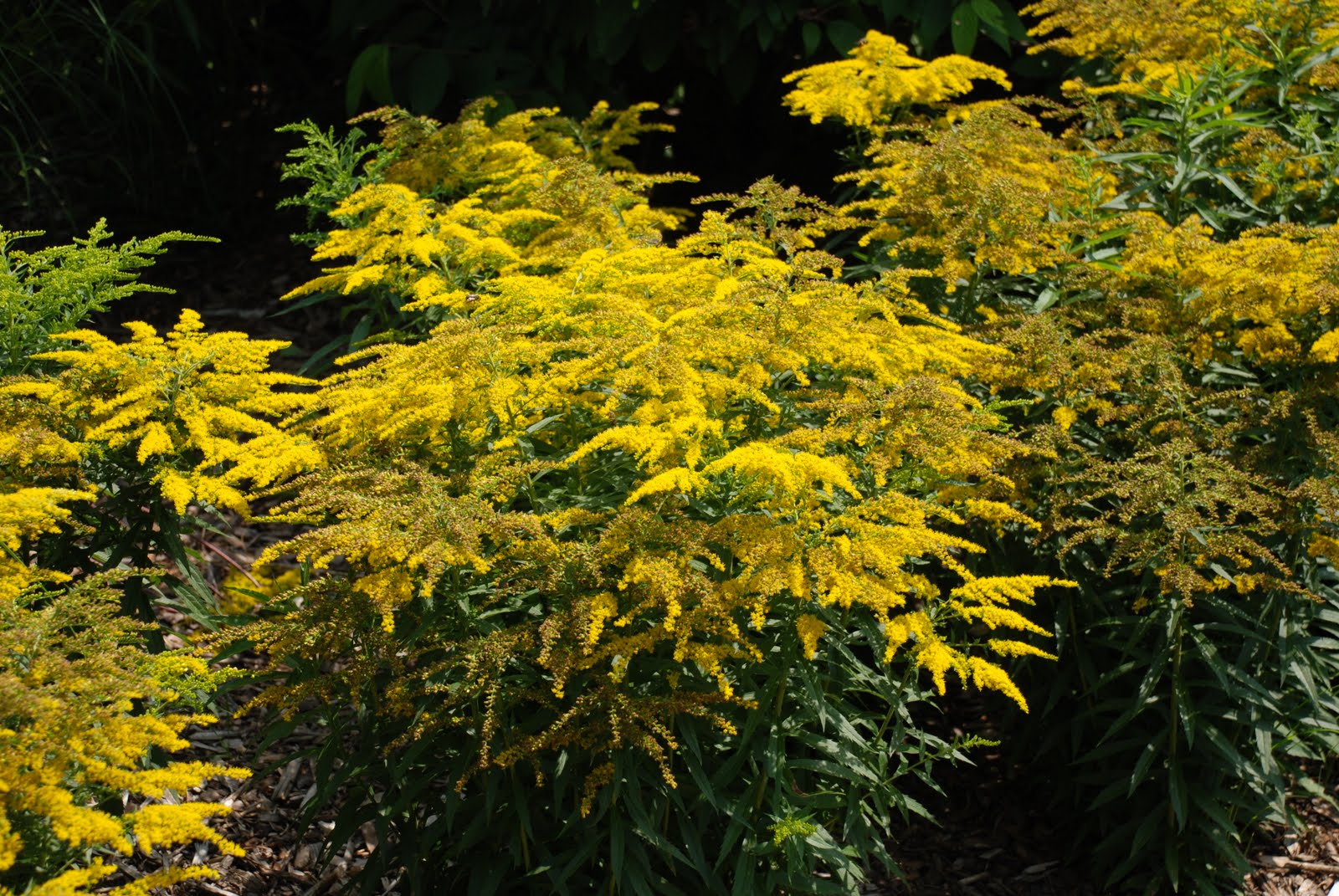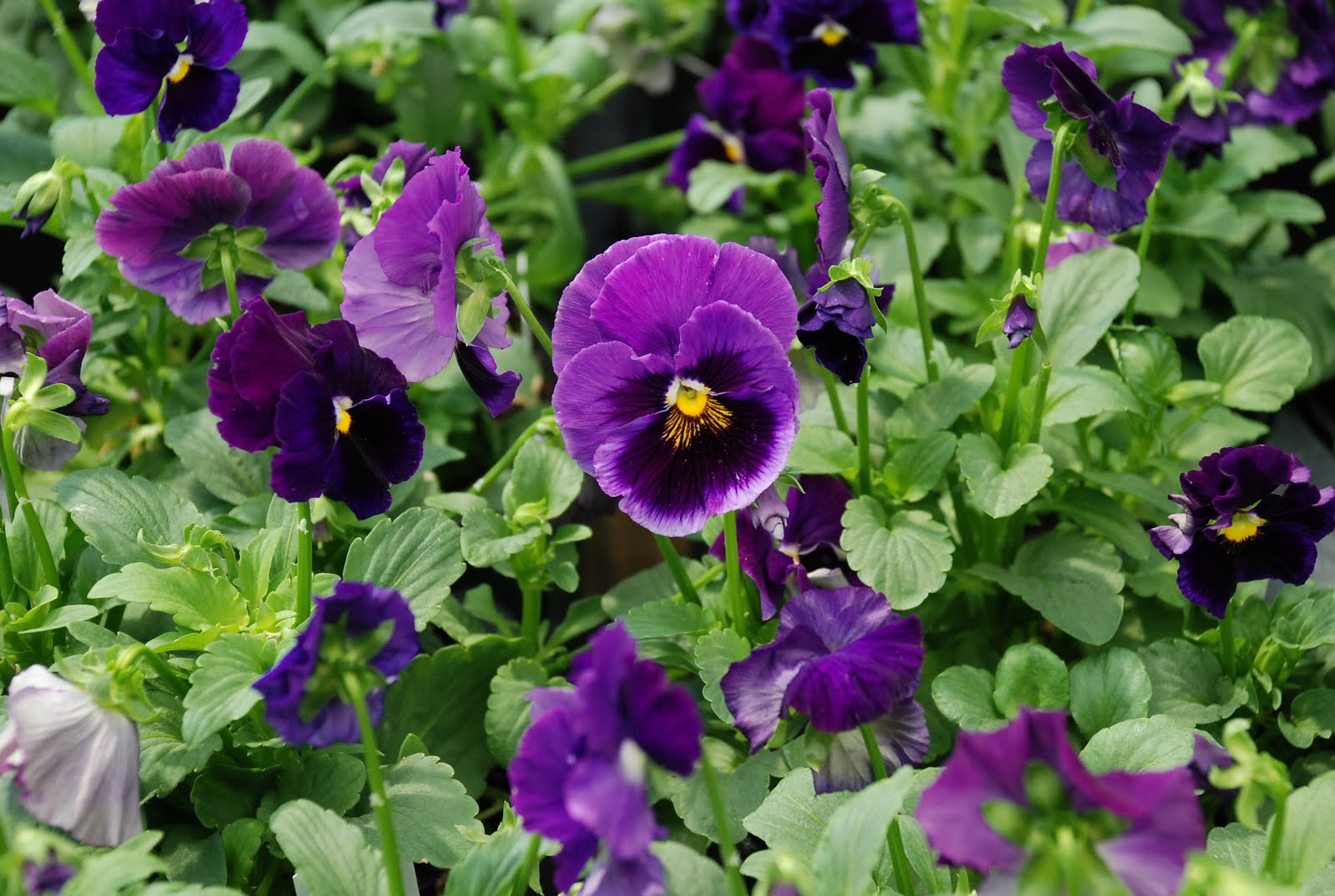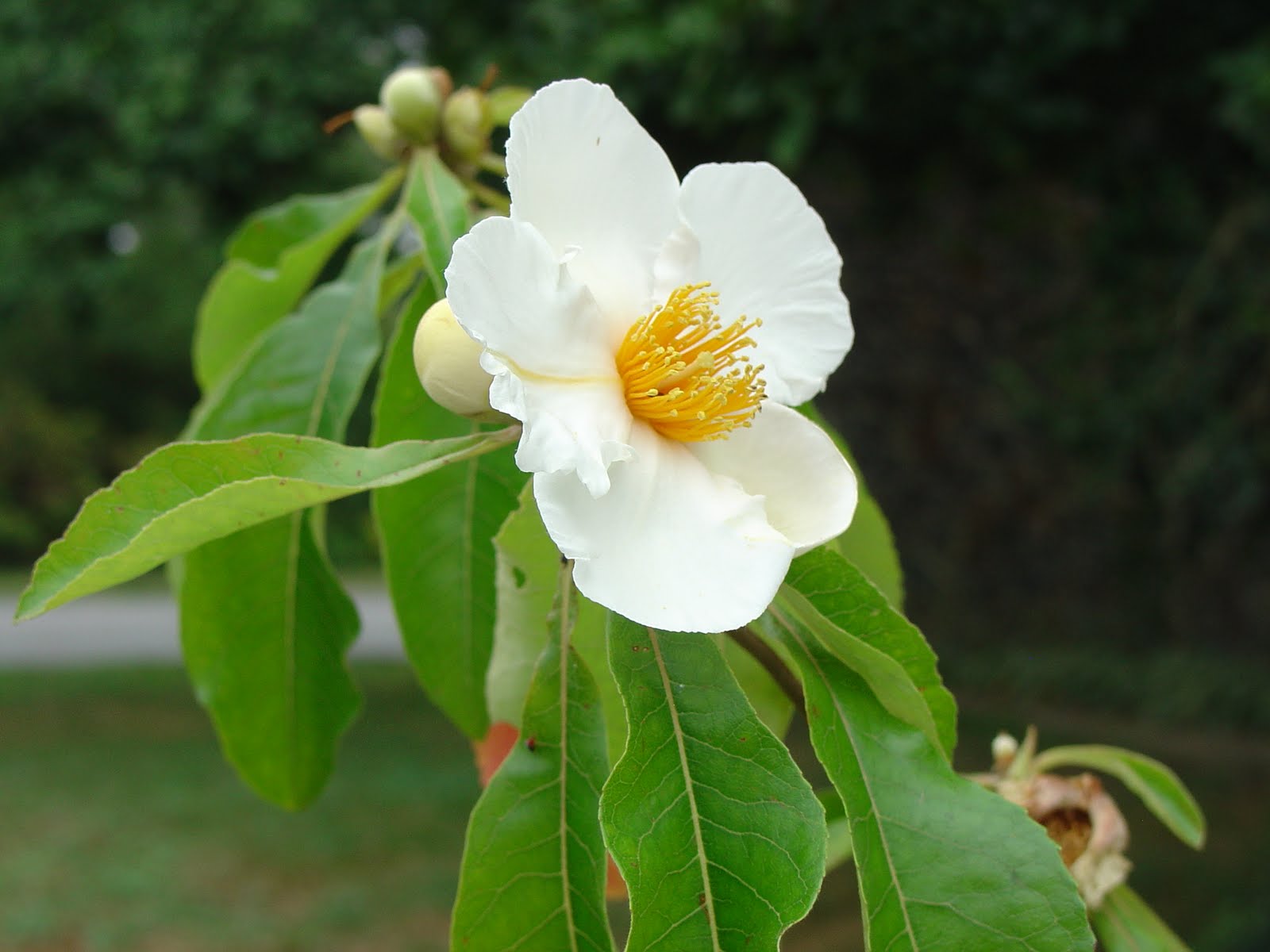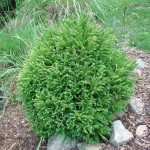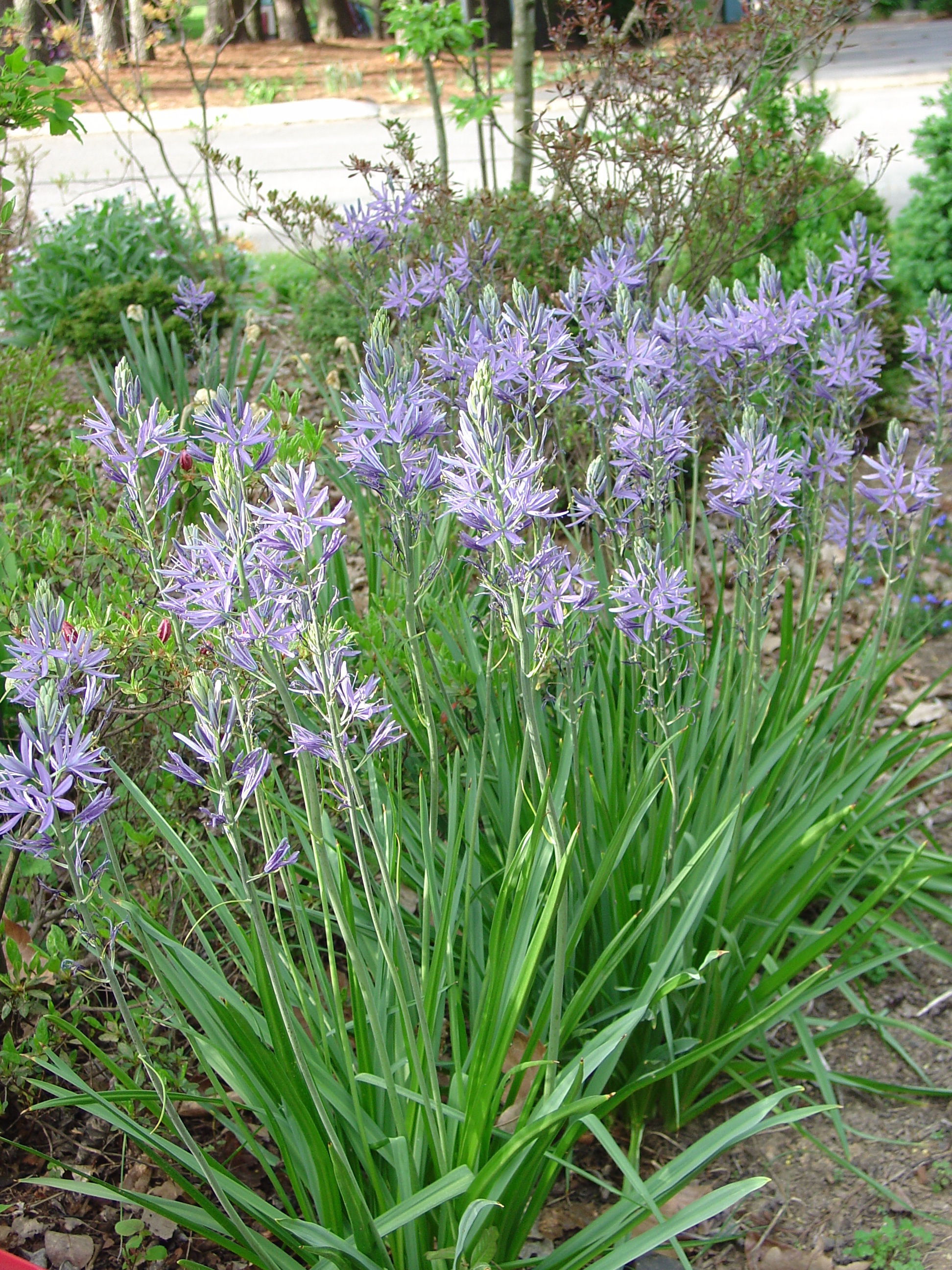
Camassia is native to the mountains and prairies of western North America, where it is called Indian quamash. In earlier times several native North Americans tribes commonly cooked this edible bulb, particularly of species C. quamash.
Camassia tolerates moist wet soils. It may be planted along the edges of ponds or in the front of a low garden border. Tall spikes of starry-shaped blooms appear in mid-to late-spring. From mid- to late spring camassia blooms well either in full sun or partial shade in the Southern Appalachian region (USDA zones 6 and 7).
Camassia mixes well with other spring and summer perennials, including low ground covers. Overcowded bulbs should be dug up in early fall, divided and replanted. Three noteworthy species are:
- Camassia cusickii bearslight blue flowers in May-June. Plant grows 24-32 inches high. Bloom spikes are adorned with multitudinous small star-shaped flowers.
- C. quamash (formerly C. esculenta) produces shorter (14-16 inches tall). Deep blue flowers bloom slightly later than the other two species.
- C. leichtlinii boasts creamy white flowers that bloom in April and May. Cultivars grow an average of 24-40 inches tall. Flower color varies with ‘Alba’ blooming pure white and ‘Caerulea’ light blue. ‘Sacajawea’ has creamy edged, variegated foliage and white flowers.
Find camassia for sale at leading on-line bulb emporiums such as brentand becky’sbulbs.com and brecks.com

